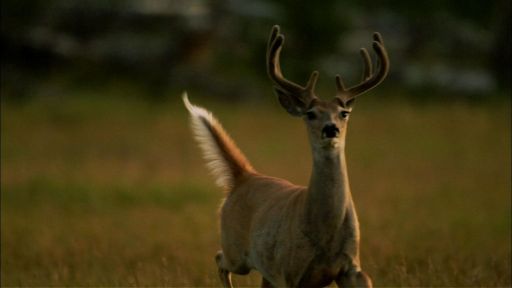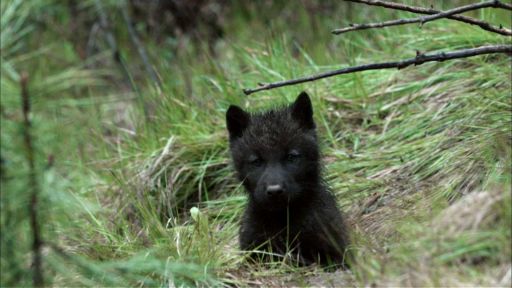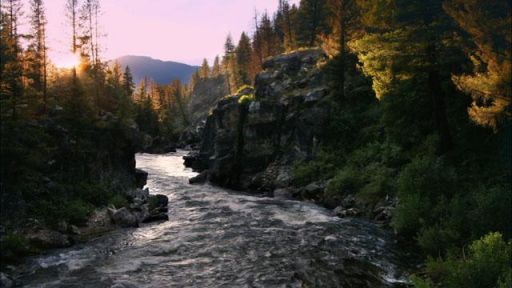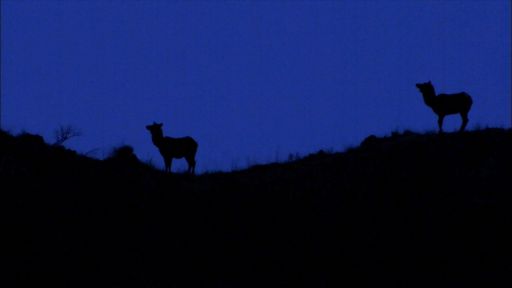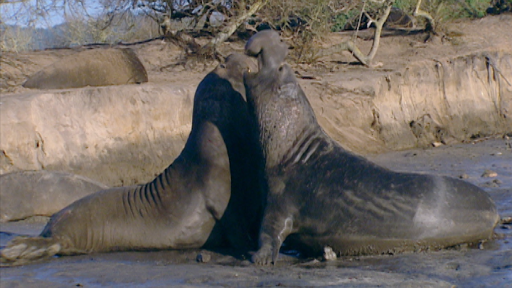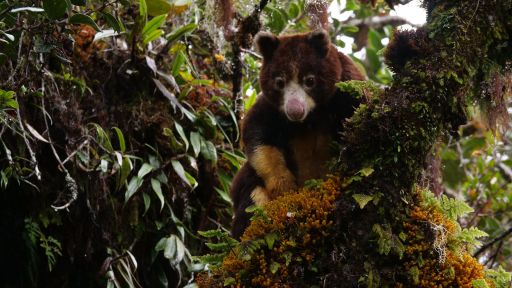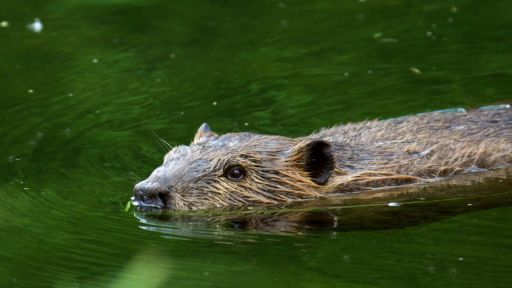Class: | Mammalia
Order: | Carnivora
Family: | Canidae
Genus: | Canis
Species: | Lupus
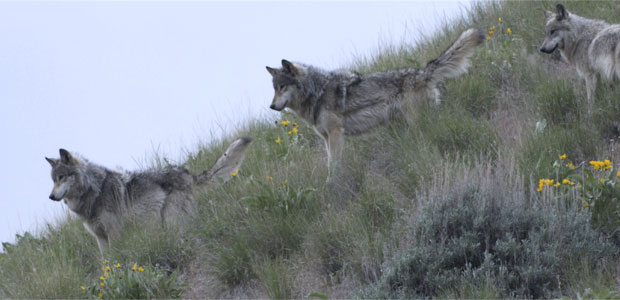
Size and Weight:
Gray wolves are the largest canids: on average, adults have a nose-to-tail length between 4.5 and 6ft (1.4 to 1.8m), a height at the shoulder from 26 to 32 inches (66 to 81cm), and a weight measuring between 50 and 110lbs (22.7 to 50kg). The largest wolf on record weighed 175lbs (79.3kg). Males are larger than females, and northern wolves are generally larger than those in southern areas.
Physical Features:
The animal’s scientific name is Canis lupus, meaning “dog” and “wolf” in Latin. Domestic dogs are descended from wolves, which closely resemble some domestic breeds like the German shepherd or malamute. However, gray wolves are larger than most dogs, and appear even larger in the winter because of their thick undercoat. Their coloring is usually a mix of gray and brown (though white, red, and black coloration has been observed) with lighter fur on its legs and belly. They have relatively short ears, and a long bushy tail. For pushing through snow, wolves have narrow chests, and when walking on top of snow, big paws to help distribute their weight.
Long legs and dense muscles make wolves excellent runners. They can reach 38 mph (61kph) sprinting but will more frequently run long distances at around 5 mph (8kph). Marathon chases help wolves tire their prey, which once caught, are quickly killed by wolves’ powerful jaws and teeth. Their mouths contain 42 teeth including carnassial teeth, unique to carnivores for cutting through meat and bone and can snap closed with pressure exceeding 1,000lbs per square inch (6895kPa).
Life span:
The life spans of wild wolves vary dramatically. Although the average lifespan is between 6 and 8 years, many will die sooner, and some can reach 13. Wolves in captivity can live up to 17 years.
Diet:
Wolves are carnivores and tend to prey on large ungulates: hoofed animals like elk, deer, and boar. When livestock is readily available to them, wolves have been known to prey on animals like sheep and cows. When ideal prey is unavailable, wolves will eat smaller mammals, reptiles, insects, and fruits and berries. Since wolves may have to wait for days between big kills, they eat a lot when they can. They can consume as much as 22lbs (10kg) in one sitting.
Geography:
Gray wolves and their relatives, red foxes, have the largest natural range of any land-based mammal besides humans and possibly some rodents. Even with their habitat and population severely constricted by human activity, various subspecies of gray wolves can be found in North America, Europe, and Asia, and as far north as the Canadian Arctic and as far south as India.
Habitat:
As their range indicates, gray wolves are able to live in many biomes, from Arctic tundra to dense forests, to mountains, to dry shrublands.
Breeding and Social Structure:
Wolves live in tight social units known as packs. The basic unit of a pack is a monogamous breeding pair. Beyond the founding male and female, wolf packs include their most recent litter, their offspring from previous years, and occasionally unrelated wolves. The average size is about 6, but packs exceeding 30 members have been observed. The breeding pair was once referred to as the alpha male and female, but some researchers believe that wolf hierarchy is not as rigid as those terms imply.
In rare circumstances, if a pack faces a high mortality rate or if there is an abundance of prey, other wolves in the pack may breed. Wolves mate once a year, generally in early spring. Pregnant females have a gestation period of about 63 days and produce litters of about four to seven pups. Pups are born unable to see or hear and remain inside the den for about 4 weeks after they’re born. After about 10 weeks, pups are weaned and become part of the pack. After a year or two a pup, now a young wolf, may leave in search of its own territory, or it may stay with the pack.
Wolves communicate in several ways, often to reinforce the breeding pair’s dominance and the rest of the pack’s submissive roles. Body language, such as eye contact, facial expressions, posture, and tail positions, can have specific meanings. Wolves also use sounds—whimpers, whines, barks, and howls—and scent marking to communicate with pack mates and strange wolves in their territory. Strengthening the hierarchical relationship in a pack may lead to physical conflict, but wolves try to avoid injuring members of their pack. Companionable behavior is much more common: wolves have been observed bringing food to incapacitated pack mates, and relating to dead pack mates in a way that suggests mourning.
Depending on prey density and other conditions, a pack’s territory can be small and close to other packs’ ranges, or larger and more spread out. Territories can be anywhere between 50 and 1,000 square miles (80–1,600km²).
Risks:
Pup mortality rates can be as high as 60%, and starvation is one of the main causes of natural death.
Territory fights with other wolves and scuffles with large prey can lead to injuries and death, and wolves are subject to diseases like Lyme disease, and those endemic to canids, like canine mange, parvovirus, and distemper. When in close proximity to wolves, humans pose a major threat to the animals. Humans have a long history of hunting and trapping wolves. These practices are still legal in some places, and still occur even in areas where wolves are protected.
Ranchers may kill or poison wolves to protect their livestock. Human destruction of wolves’ preferred habitat has forced the animals to move closer to developed areas in search of food. And when roads divide the wilderness, wolf populations can become isolated, inbred, and more susceptible to disease.
Additional Facts:
- Wolves’ sense of smell is estimated to be 100 times stronger than humans. They are reportedly able to smell prey from miles away.
- DNA sequencing now shows that domestic dogs, once thought to be bred from a mix of canids, in fact descended solely from gray wolves.
- The Egyptian golden jackal, once thought to be a sub-species of the golden jackal, is actually a type of gray wolf.
- Not much is known about wolves’ ability to perceive color, but one experiment found that they can detect red and yellow more easily than blue or green. This may be related to how important blood and urine are as sources of information.
- Wolves tend to initiate play with other wolves by bowing.
- At about 5 inches long and 4 inches wide, all wolf tracks are larger than coyote tracks, but not all dog tracks. To distinguish wolf prints from dog prints, compare patterns. Unlike dogs, wolves tend to travel at a regular pace in straight lines.
- Wolves appear in Roman, Turkish, Norse, Japanese, and Native American myths and legends.




